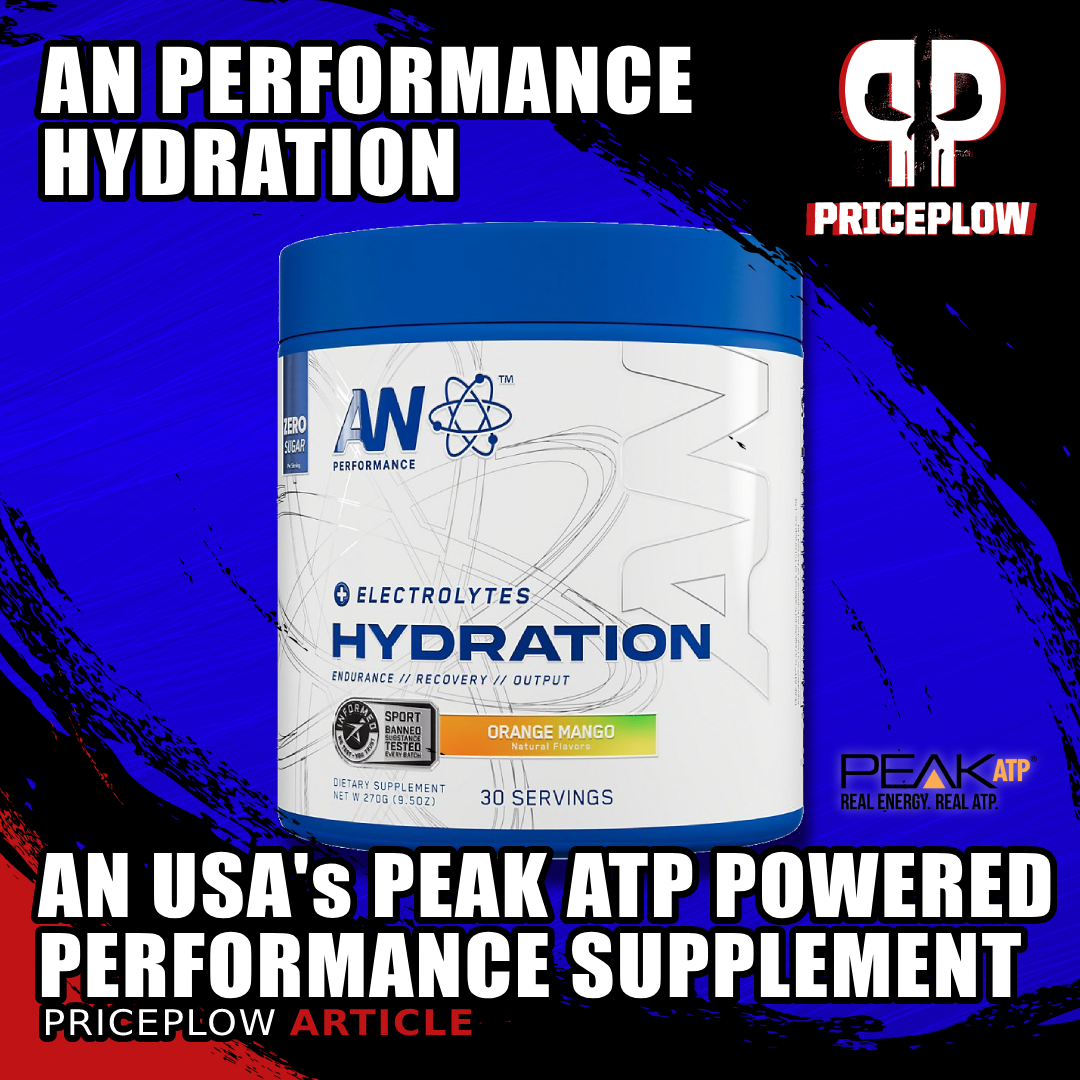
AN Performance Hydration isn't your typical electrolyte drink. Powered by Peak ATP and a balanced electrolyte blend, it enhances hydration and performance. Applied Nutrition USA is setting a new standard—available now at The Vitamin Shoppe.
After teasing the market with their rebranded AN USA brand and announcing their exclusive partnership with The Vitamin Shoppe, Applied Nutrition USA has finally unveiled their first major launch under the AN Performance banner: AN Performance Hydration.
AN Performance Hydration: AN USA's First Major Launch is All About Performance
This isn't just another electrolyte supplement – it's a comprehensive performance hydration formula anchored by research-backed ingredients like Peak ATP and a precisely balanced electrolyte blend. Ever since welcoming Aaron Heidebreicht as USA CEO in March of 2024, we've been eagerly anticipating what AN USA would bring to market first. With this launch, they're making it clear that they're here to compete at the highest level -- from sideline to sideline.
Before diving in, sign up for our Applied Nutrition USA news alerts to stay updated on their latest launches and deals:
AN USA AN Performance Hydration +Electrolytes – Deals and Price Drop Alerts
Get Price Alerts
No spam, no scams.
Disclosure: PricePlow relies on pricing from stores with which we have a business relationship. We work hard to keep pricing current, but you may find a better offer.
Posts are sponsored in part by the retailers and/or brands listed on this page.
This area is reserved for Team PricePlow's upcoming videos.
Subscribe to our channel and sign up for notifications so you catch it when it goes live!
AN Performance Hydration Ingredients
Below we detail each ingredient in a 9-gram scoop of AN Performance Hydration, explaining not just what they do, but why they were chosen and how they work together to enhance performance:
-
Taurine - 2000mg
Leading off with a clinical dose of 2 grams of taurine, AN Performance Hydration starts strong with an ingredient that's perfect for a hydration supplement. Taurine is an amino acid that functions as an osmolyte, helping to regulate fluid balance in cells.[1] This mechanism is crucial for proper hydration at the cellular level.
Research has shown that taurine supplementation can enhance endurance performance: A 2018 meta-analysis found that doses between 1-6 grams improve endurance exercise performance, with effects often noticeable from the first use.[2]
Beyond its hydration benefits, taurine also:
- Protects mitochondria from stress[3]
- Supports better energy production[3]
- Acts as an antioxidant[3,4]
- May improve blood flow through enhanced nitric oxide production[5]
- Enhances focus and cognitive function[6]
The 2-gram dose here is right in the sweet spot for performance benefits while working synergistically with the electrolytes to support optimal hydration.
-
Applied Nutrition's American Division is now AN USA, formerly All Black Everything (ABE). All Black Everything is returning to its UK status as a pre-workout.
Potassium (from Potassium Citrate) - 760mg (16% DV)
AN Performance shows they understand modern nutritional science by emphasizing potassium in their electrolyte blend. At 760 milligrams (16% DV), the formula provides a meaningful dose of this crucial mineral that's actually considered a "shortfall nutrient" in modern diets.[7,8]
The research on potassium's importance is compelling:
- Enhanced cardiovascular health through improved potassium:sodium ratios[7-14]
- Better bone mineral density through improved calcium retention[15,16]
- Supports proper nerve conduction and muscle contractions[17]
What makes this particularly interesting is that they've used potassium citrate rather than potassium chloride. This form may provide better absorption and has a superior taste profile. Additionally, research has shown that potassium citrate specifically can help support bone health by reducing calcium excretion.[18]
Most Americans only get about half of the recommended 4,700mg daily intake of potassium,[8] making supplementation increasingly important. The amount here, combined with the balanced sodium content, helps athletes move toward a more optimal electrolyte ratio.
Many athletes notice increased vasodilation and lower blood pressure under intense training when potassium status is fixed. This mineral is important to appropriately balance with sodium -- we don't really recommend going all-in on potassium alone, but seeing it paired properly with sodium in a 2.5:1 ratio like this is very exciting.
-
Peak ATP (as Adenosine 5'-Triphosphate Disodium) - 400mg
Here's where AN Performance Hydration really differentiates itself. Peak ATP is a patented form of disodium ATP that's been through extensive clinical research, showing impressive benefits for performance and recovery. While it's commonly seen in pre-workout supplements, its inclusion in a hydration formula is both innovative and well-reasoned.
Hydration is evolving, and Peak ATP is leading the charge. Beyond basic electrolytes, it boosts blood flow, strength, endurance, and cognitive recovery. For premium performance, it's the ultimate upgrade for next-gen hydration supplements.
Research on Peak ATP at this 400mg dose has demonstrated:
- Increased total body strength and power output[19]
- Enhanced blood flow and vasodilation[20]
- Improved muscle thickness and lean body mass gains[19]
- Better maintenance of cognitive function during intense exercise[21]
The mechanism behind Peak ATP's benefits is particularly interesting. When supplemented, it triggers three main effects:[22]
- Improved blood flow through ATP-mediated vasodilation
- Enhanced muscular excitability and contraction
- Support for anabolic signaling pathways
Recent research has been particularly exciting, with a 2023 study showing that Peak ATP helps prevent the temporary decline in cognitive function that typically follows intense exercise.[21] This makes it especially valuable for athletes who need to maintain mental sharpness throughout their training sessions.
We cover these ideas and more in our other article paired with this launch, "Why Peak ATP Should Be Added to Hydration Supplements".
-
Sodium Sources (300mg total, 14% DV)
- Sodium Citrate
- Sea Salt
- Disodium ATP (Peak ATP)
Peak ATP is a patented oral ATP supplement that's been shown to increase blood flow, boost muscle activation through calcium release, and help boost muscle mass, strength, and recovery. This article covers the biochemistry, mechanism, and human research in detail.
AN Performance Hydration provides sodium through multiple sources, each offering unique benefits. The total 300mg (14% DV) comes primarily from sodium citrate and sea salt, with a small contribution from Peak ATP itself.
Sodium is crucial for:[23-25]
- Maintaining proper fluid balance
- Supporting muscle contractions
- Enabling proper nerve signal transmission
The use of sodium citrate specifically is interesting, as research has shown it can improve performance in endurance events.[26] Meanwhile, Pink Himalayan Salt provides trace minerals beyond just sodium chloride.
For athletes, the amount here is well-calibrated – enough to support performance and replace losses from sweating, but not so much as to overwhelm those who might be watching their sodium intake. The 14% DV aligns well with the other electrolytes in the formula, creating a balanced profile.
-
Magnesium (from Magnesium Citrate) - 136mg (33% DV)
AN Performance chose magnesium citrate for their formula, providing 136mg (33% DV) of this essential mineral. This is a smart choice, as magnesium is another mineral that's often depleted in modern diets, with research showing that most Western diets don't provide adequate amounts.[27]
Aaron Heidebreicht is the new CEO of Applied Nutrition's US division. He explained his plans in Episode #130 of the PricePlow Podcast.
Magnesium plays several crucial roles in athletic performance:[28-31]
- Supports energy production through ATP synthesis
- Helps regulate muscle contractions
- Aids in protein synthesis
- Improves insulin sensitivity
Research has shown that magnesium supplementation can:[30-37]
- Enhance aerobic exercise capacity
- Improve muscle oxygenation
- Support better sleep quality
- Help maintain healthy blood pressure
The citrate form used here is generally well-absorbed and gentle on the stomach, making it ideal for during or around training sessions.
-
AquaMin (Marine Mineral Complex) and Other Calcium Sources
AN Performance includes AquaMin, a mineral complex derived from red marine algae, along with several other calcium sources. It's been researched to support bone and joint health.[38,39]
Note: While the label shows 78mg (7% DV) of calcium, when calculating the molecular yields from AquaMin (500mg), calcium bisglycinate (>=400mg), and tricalcium phosphate, the actual calcium content appears to be significantly higher.
AquaMin provides a natural source of calcium, and has become popular in calcium supplements.
Flavors Available
AN Performance Hydration launched with Orange Mango at The Vitamin Shoppe, with more flavors planned for the future. See an up-to-date list below:
How to Use AN Performance Hydration
Mix one scoop (9g) with 12-16oz of water before, during, or after training. Can also be used throughout the day to maintain hydration status. For intense training sessions or hot conditions, usage can be increased to two scoops.
Third-Party Tested and Certified
AN Performance Hydration is certified by Informed Sport, ensuring it's tested for banned substances and safe for competitive athletes. The formula is also:
- Non-GMO
- Gluten-Free
- Vegan
- Halal Certified
A Premium Hydration Formula Backed by Research
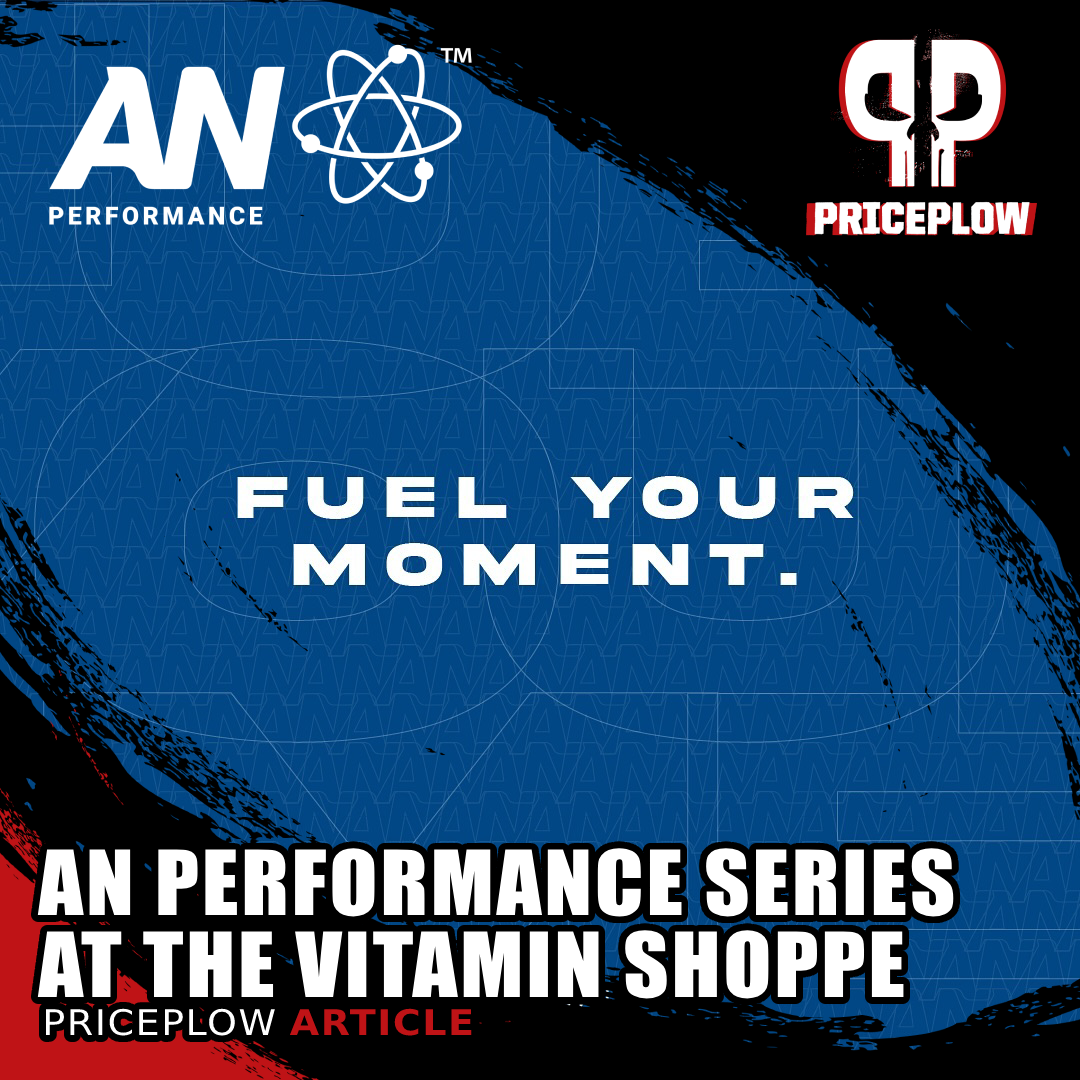
Now at The Vitamin Shoppe: The AN Performance by Applied Nutrition USA. Fuel Your Moment with innovative, transparent supplements designed to push athletes from sideline to sideline
AN Performance Hydration represents an impressive first launch from Applied Nutrition USA's new AN Performance line. By combining clinical doses of proven ingredients like Peak ATP with a comprehensive and balanced electrolyte profile, they've created a formula that goes beyond basic hydration to actually enhance performance.
The inclusion of Peak ATP particularly sets this formula apart, providing benefits that most hydration supplements simply can't claim. With proper third-party testing, a legitimate dose of potassium, and premium ingredients, it's clear that AN Performance is setting a high standard for their products going forward.
You can find AN Performance Hydration exclusively at The Vitamin Shoppe. Sign up for alerts to stay updated on new flavors and deals:
AN USA AN Performance Hydration +Electrolytes – Deals and Price Drop Alerts
Get Price Alerts
No spam, no scams.
Disclosure: PricePlow relies on pricing from stores with which we have a business relationship. We work hard to keep pricing current, but you may find a better offer.
Posts are sponsored in part by the retailers and/or brands listed on this page.

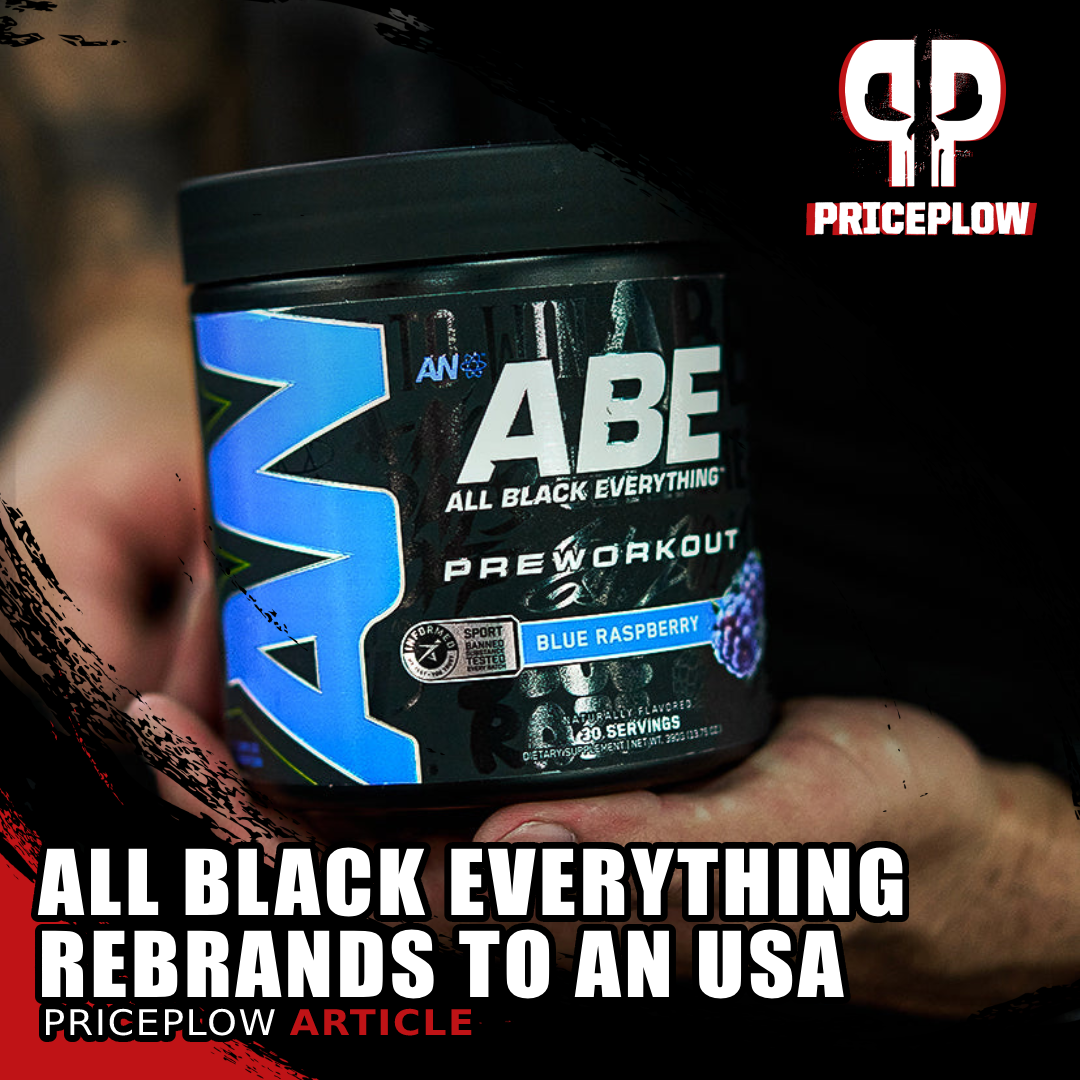
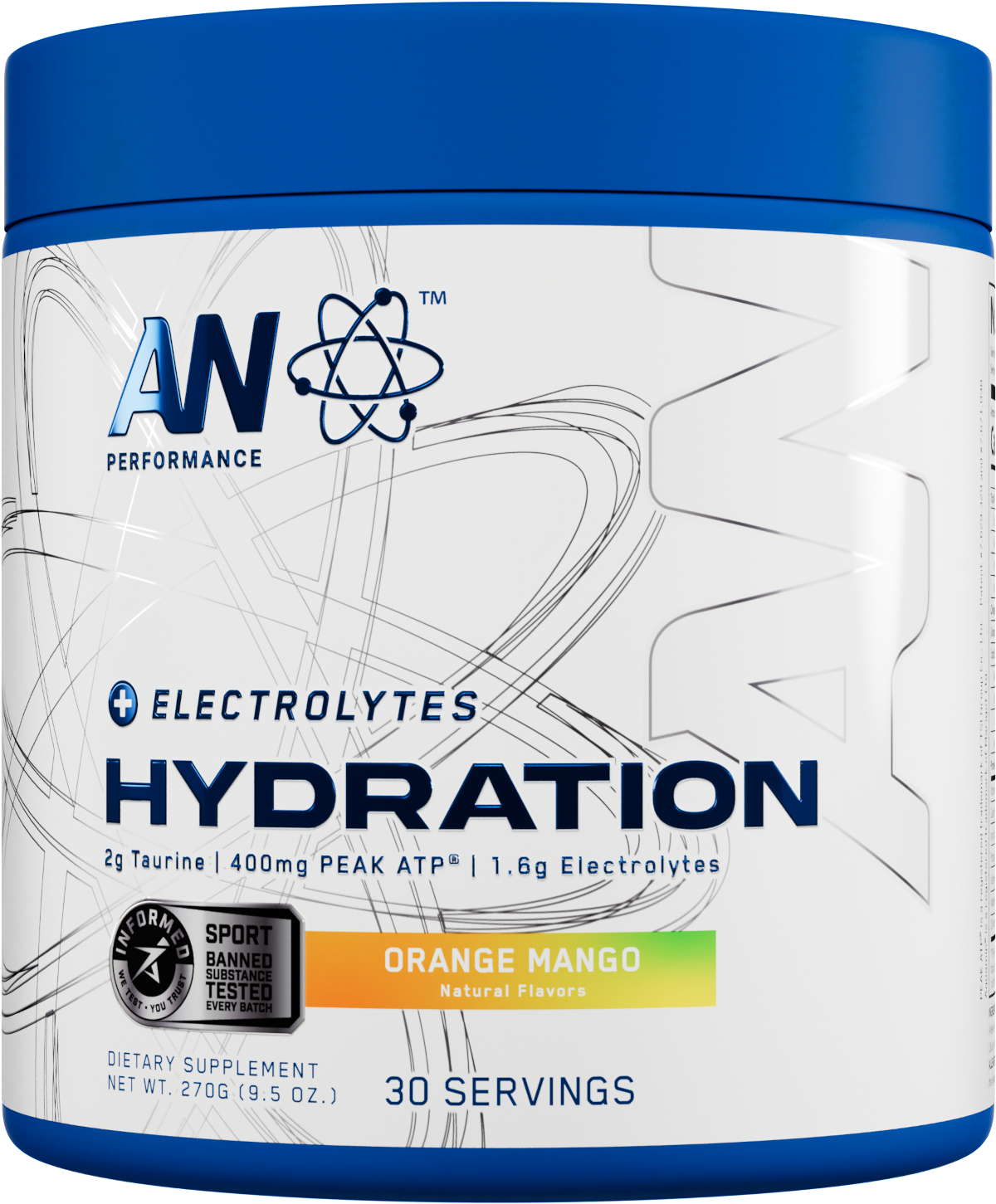
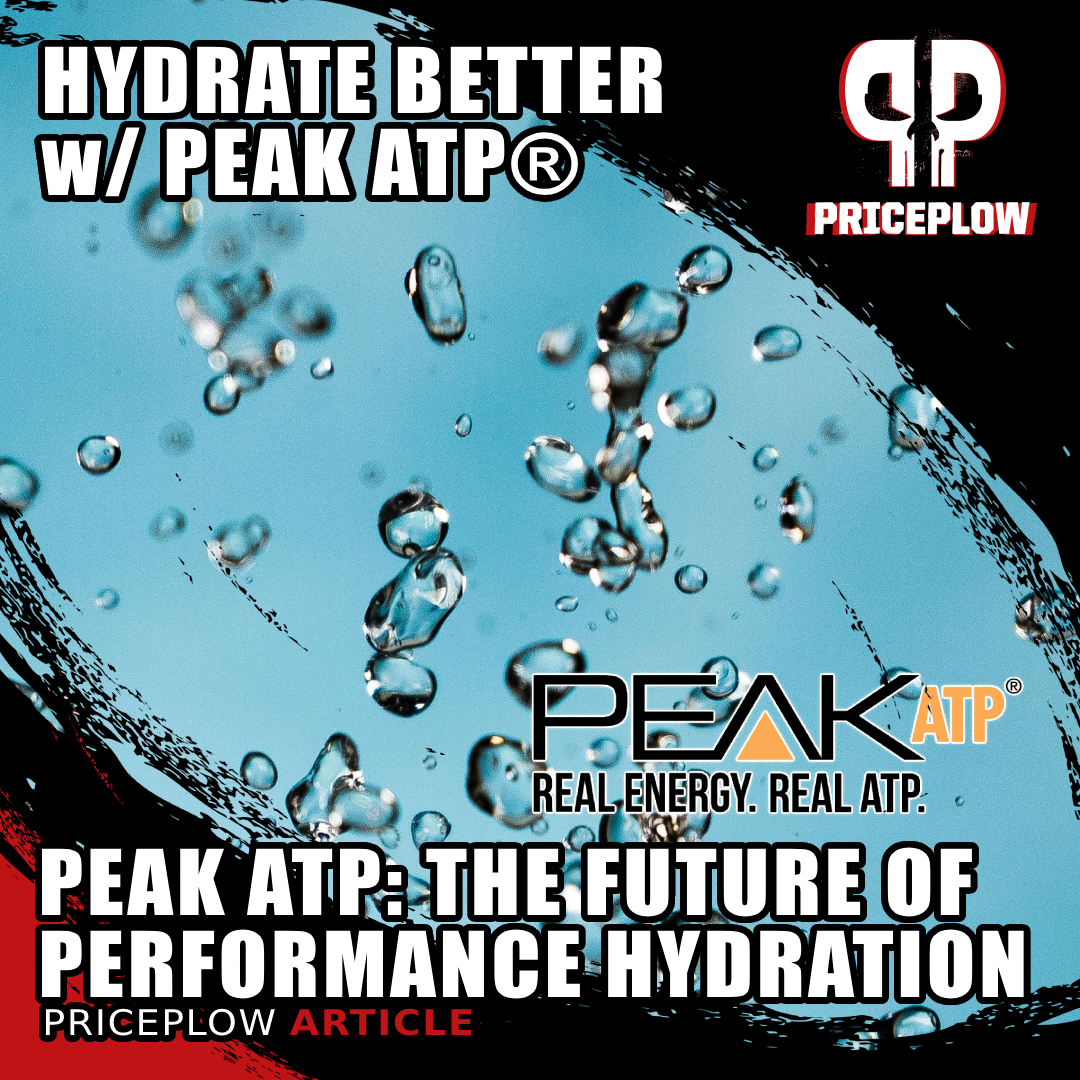
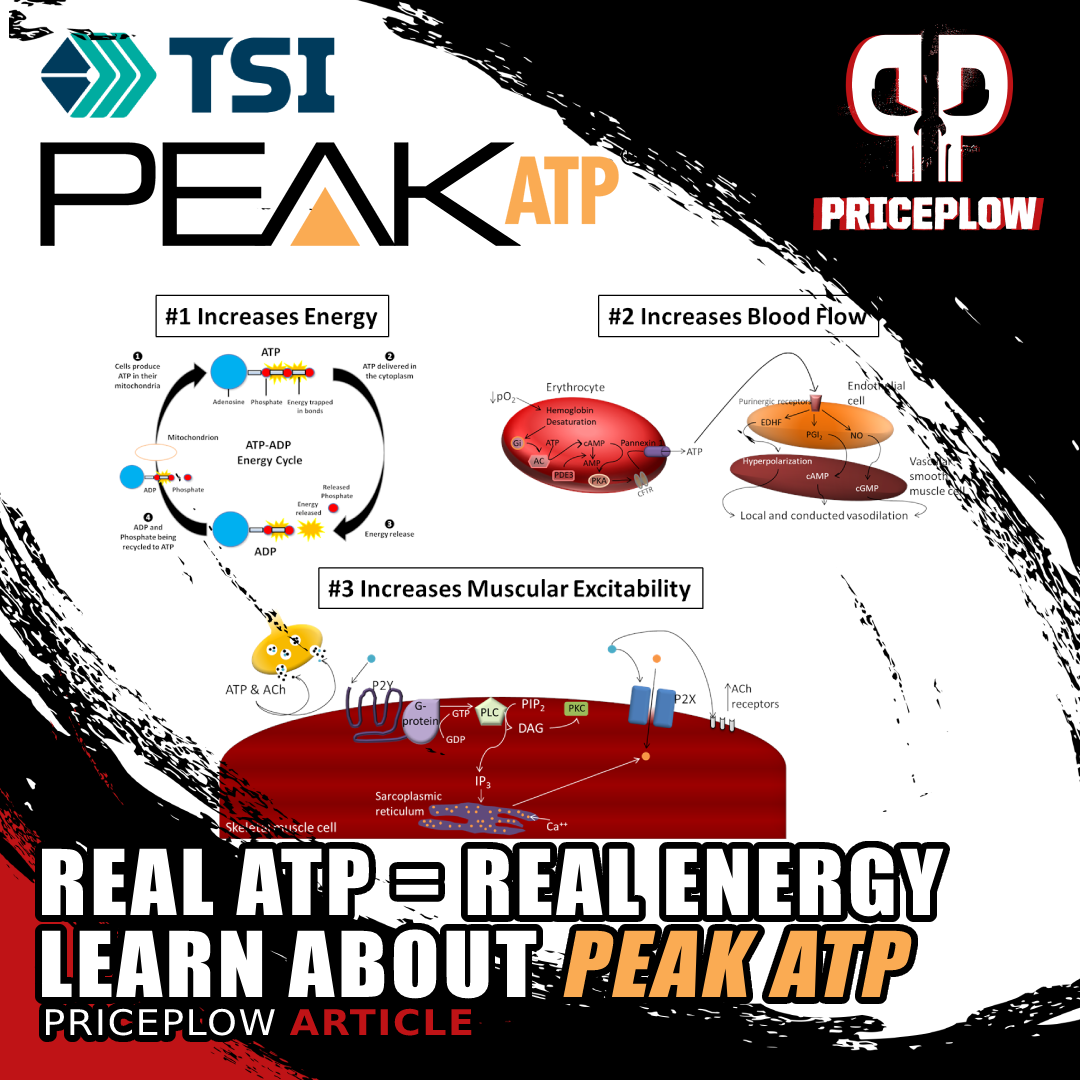
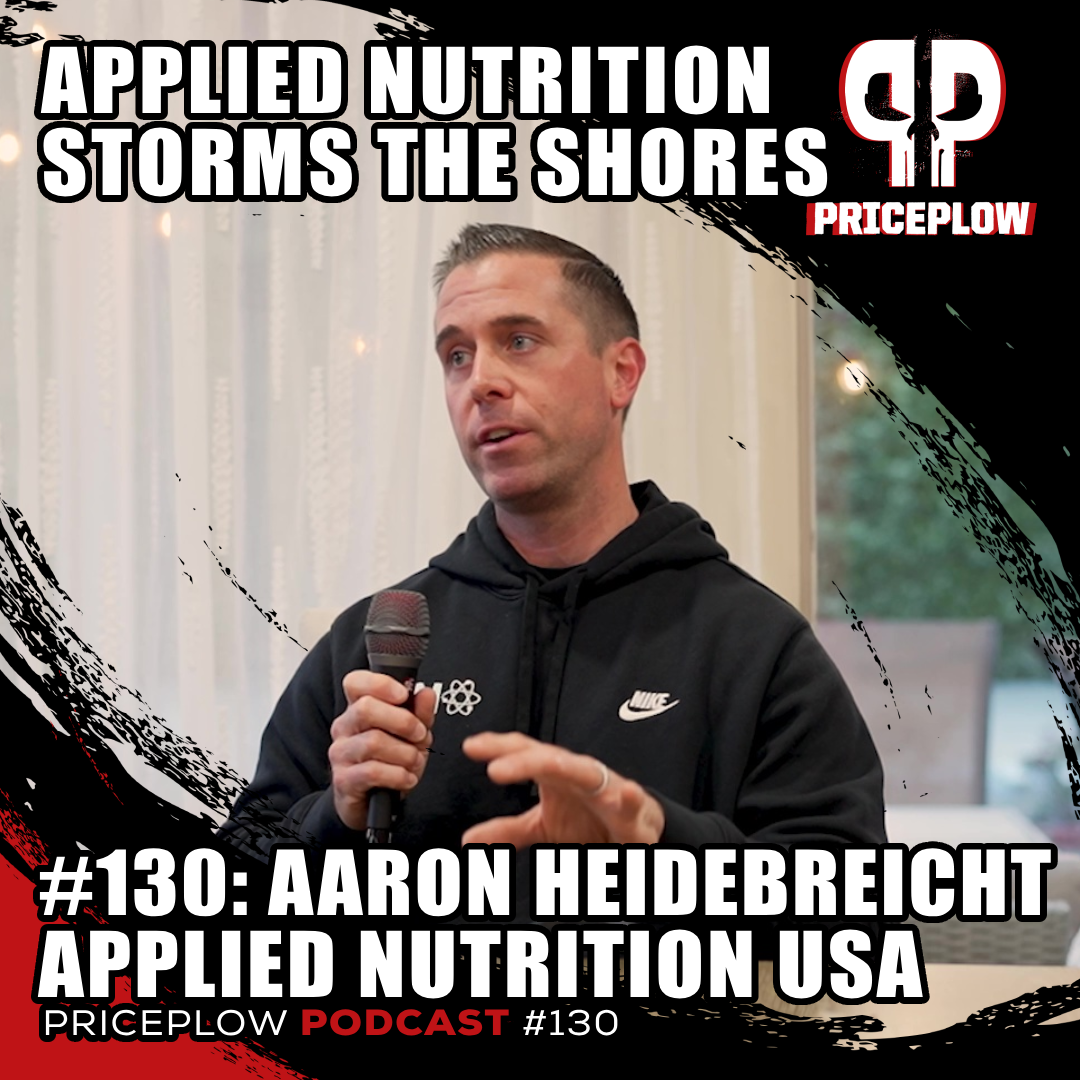


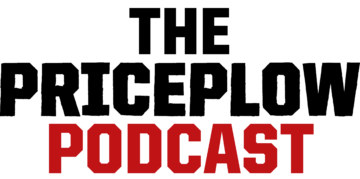
Comments and Discussion (Powered by the PricePlow Forum)